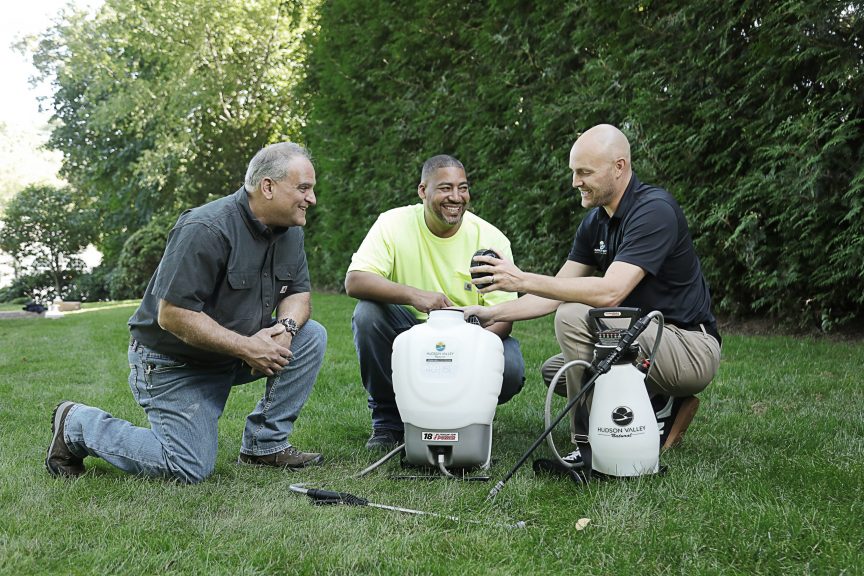In recent years, the turf industry has been undergoing a significant shift in the types of insecticides used for pest control. One notable transition that has been gaining traction is the shift from imidacloprid to Acelepryn. This shift is driven by several factors, including environmental concerns, regulatory changes, and the need for more sustainable pest management practices.
Imidacloprid, a widely used neonicotinoid insecticide, has been a staple in the turf industry for many years. Merit and Mallet are the two most widely used brand names in Insecticide fertilizer applications. It is effective in controlling a wide range of turf pests, including white grubs, chinch bugs, and billbugs. However, imidacloprid has come under increasing scrutiny due to its negative impact on non-target organisms, such as bees and other pollinators. Studies have shown that imidacloprid can persist in the environment, leaching into water sources and posing a risk to aquatic ecosystems.
In response to these concerns, turf managers and landscapers are turning to Acelepryn as a more environmentally friendly alternative to imidacloprid. Acelepryn is a broad-spectrum insecticide that offers effective control of turf pests while posing minimal risk to non-target organisms. Unlike imidacloprid, Acelepryn has a favorable environmental profile, with a low toxicity to bees and other beneficial insects.
Another driving force behind the transition to Acelepryn is regulatory changes. In recent years, regulatory agencies have been tightening restrictions on the use of neonicotinoid insecticides like imidacloprid. In some regions, imidacloprid has been banned or severely restricted due to its environmental impact. This has prompted turf managers to seek out alternative pest control solutions that are compliant with current regulations.
Furthermore, the shift to Acelepryn is part of a larger trend towards more sustainable pest management practices in the turf industry. Turf managers are increasingly recognizing the importance of reducing their reliance on chemical pesticides and adopting integrated pest management (IPM) strategies. Acelepryn fits well into this sustainable approach, as it can be used in conjunction with cultural practices, biological controls, and other non-chemical pest management methods.
One of the key advantages of Acelepryn is its long-lasting residual activity. Unlike imidacloprid, which requires frequent applications to maintain control of turf pests, Acelepryn provides season-long protection with just one or two applications. This can result in cost savings for turf managers, as well as reduced labor and equipment costs associated with pesticide applications.
Additionally, Acelepryn has a favorable safety profile for applicators and end users. It is classified as a reduced-risk pesticide by the Environmental Protection Agency (EPA) and has a low risk of toxicity to humans and wildlife. This makes Acelepryn a preferred choice for turf managers who prioritize safety and sustainability in their pest management programs.
The transition to Acelepryn over imidacloprid in the turf market represents a positive step towards more sustainable and environmentally friendly pest management practices. With its effective control of turf pests, minimal impact on non-target organisms, and compliance with regulatory requirements, Acelepryn is emerging as a preferred choice for turf managers looking to reduce their environmental footprint and adopt a more holistic approach to pest control. “Sustainable and Environmentally Friendly” are two key words that have been associated with Hudson Valley Natural brand. By embracing Hudson Valley and Acelepryn as key tools in their pest management toolbox, turf professionals can contribute to a healthier and more sustainable turf industry for future generations. Contact your local Central Turf & Irrigation Professional to learn more about the Hudson Valley & Acelepryn combination products.

